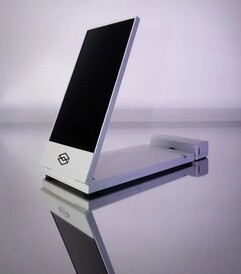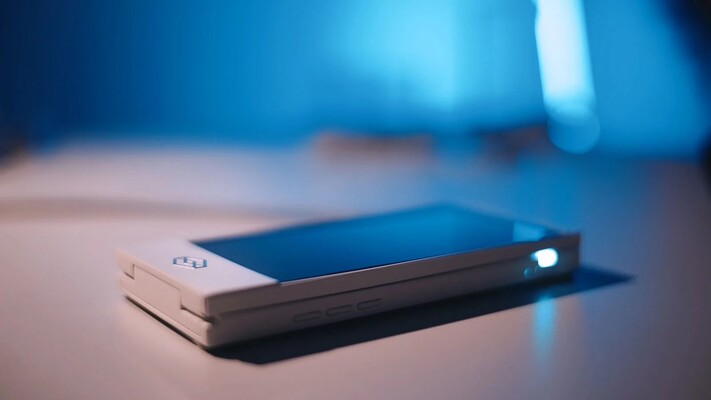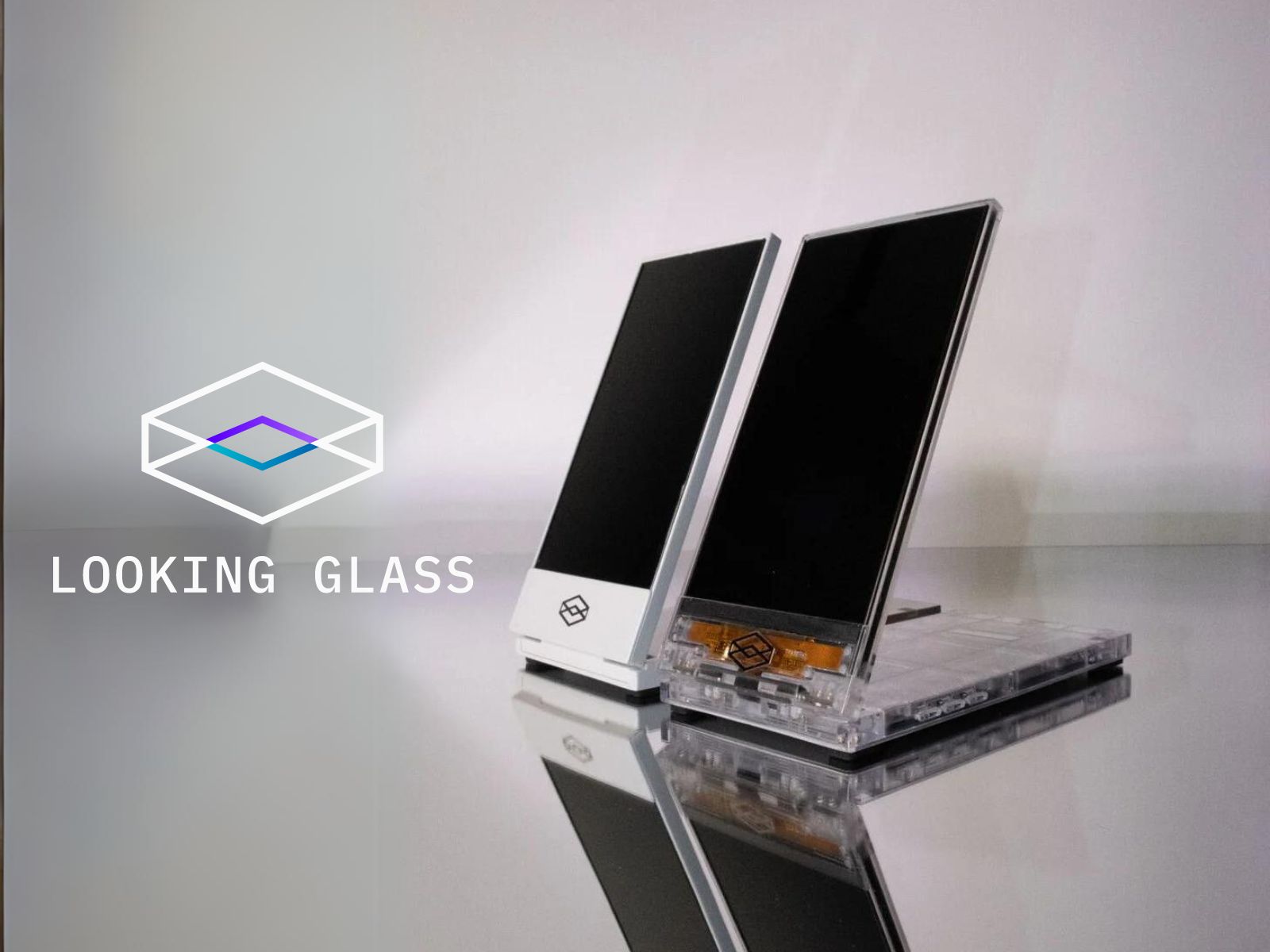As far as immersive displays go, AR and VR headsets have been getting all the attention lately. However, Looking Glass Factory has been working for years on its holographic displays that require no special glasses, and it has now launched its most compact device yet, the Looking Glass Go, featuring a folding design like a photo-frame.
The Go has a 6-inch, 1440 x 2560 (491ppi) screen with a 58-degree viewing angle, and can run off an accessory ‘battery dongle’ or via USB-C. It weighs just 235g, and its 16 x 8 x 1.9 cm (6.3 x 3.2 x 0.76 inches) dimensions aren’t too far from a typical smartphone. It has forward, back, and pause buttons to control slideshows, and a 3.5 mm headphone jack.



Of course, a device like this only makes sense with the appropriate content to display on it, and Looking Glass has clearly thought things through on that front. Images taken on iPhone’s portrait mode already contain depth information, so they can be viewed easily. One can also use the Luma AI app to convert existing 2D images into 3D ones. In addition, its Liteforms app creates interactive 3D characters powered by ChatGPT that you can talk to.
While VR/AR headsets undoubtedly provide a more immersive experience, the Looking Glass Go is pitched as a more natural, headset-free way to experience holographic images. It also has the advantage of being viewable by several people together, making it easier to share memories with others, apart from being a cool, eye-catching tabletop gadget.
The Looking Glass Go is being launched on Kickstarter, where it met its initial $50,000 goal within the first hour. The current, limited-time price for backers is $199, and the retail price will eventually be $300.
For a full-fledged immersive experience for gaming and watching videos, one can buy the new Meta Quest 3 VR headset or the Meta Quest 2 128 GB

I’ve always been interested in technology, but it was my passion for music-making and photography that led me to dive deep into audio and imaging technology and understand all the tools that had fascinated me. I hold degrees in electronics engineering and business management, and have worked as a software developer as well as in marketing. Apart from being an amateur musician and photographer, I enjoy reading books, being outdoors, cooking and lately, running.

Maria Malik is your guide to the immersive world of Virtual Reality (VR). With a passion for VR technology, she explores the latest VR headsets, applications, and experiences, providing readers with in-depth reviews, industry insights, and a glimpse into the future of virtual experiences.


